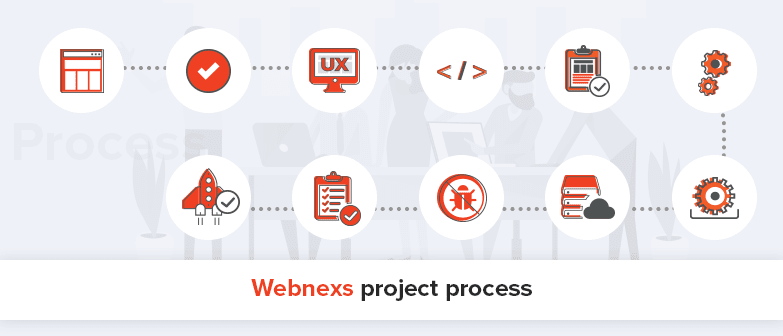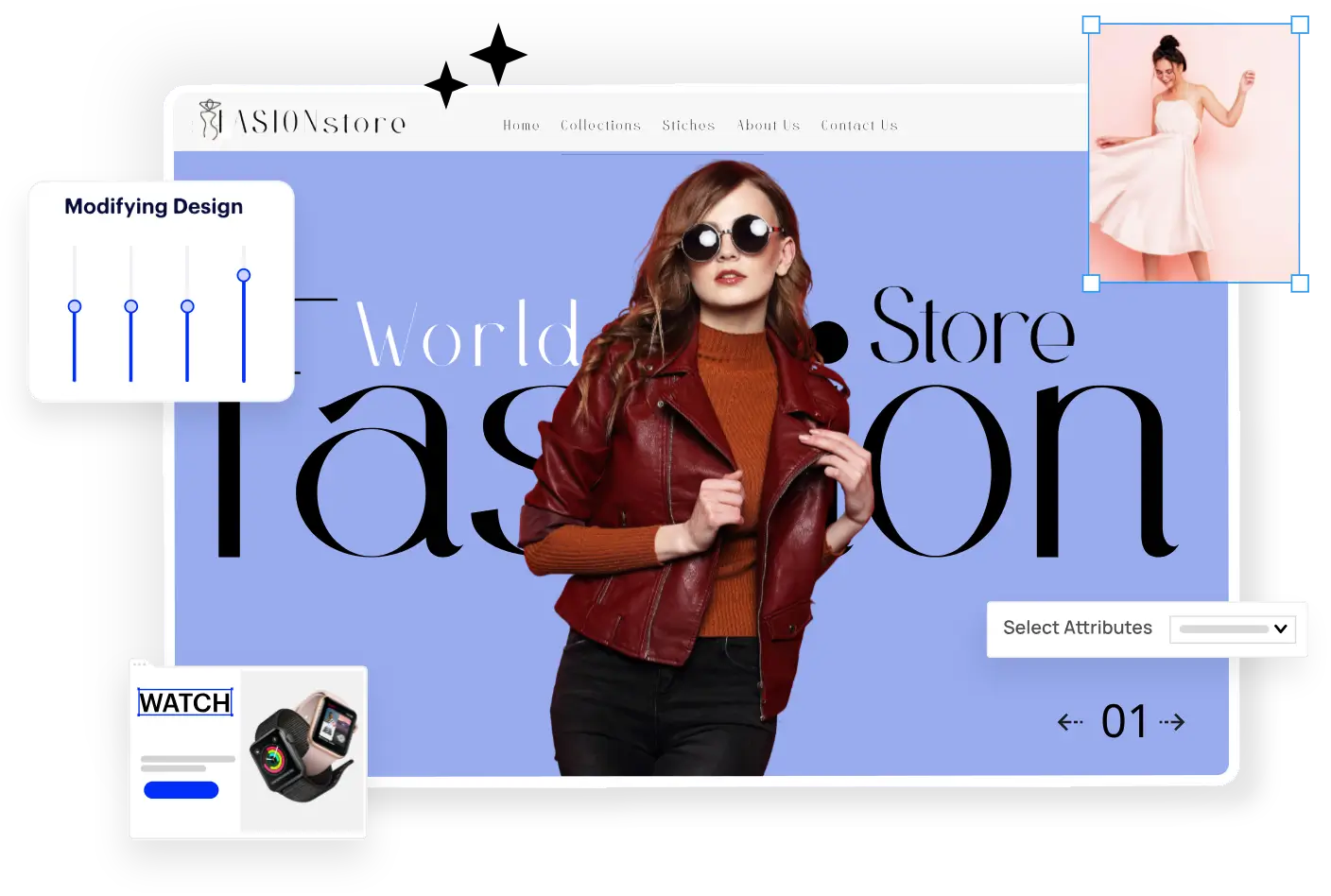Webnexs Project Process
By | Posted on March 19, 2018

Padma Priya
Commerce Expert at Webnexs. She possesses knowledge and experience in the Ecommerce industry and Loves to write blogs, discuss and share views on the latest technologies tips, and tricks.

Looking for
Scalable Headless eCommerce Solution
[desktop_player]
- 100% Customizable
- 1000+ Features
- Any Hosting Options
- 20+ Free Themes
- 100+ API Integrations
- 100% SEO Friendly
[mobile_player]
